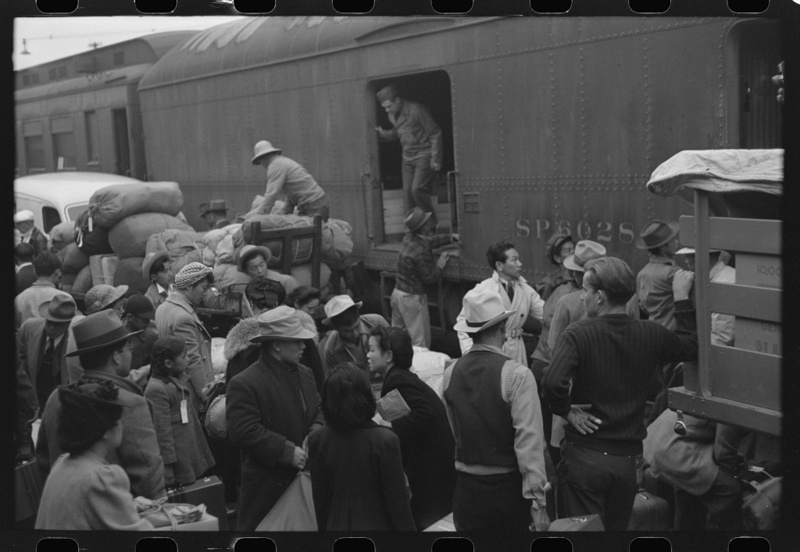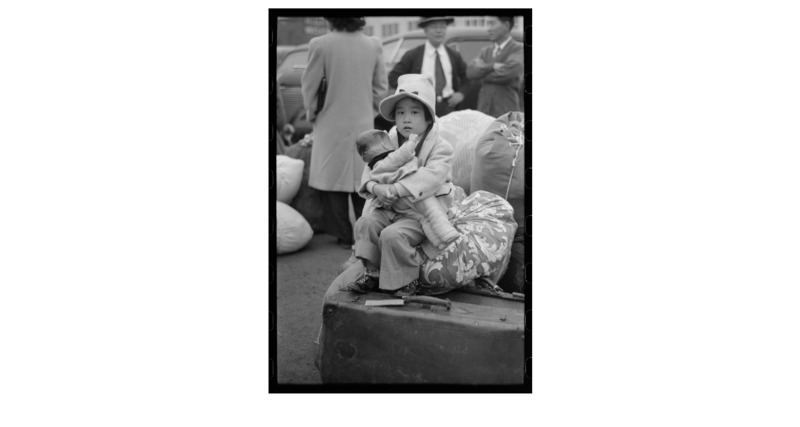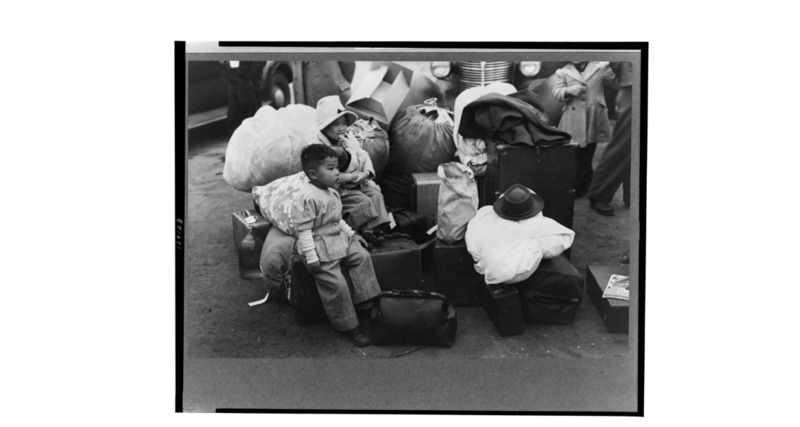Life in America
In the early hours of December 7, 1921, the United States naval base at Pearl Harbor was attacked by the Imperial Japanese Navy Air Service. The attack on Pearl Harbor would not only change the course of the second World War, but in turn change life for Japanese Americans completely. Following just three months after the attack, President Franklin Roosevelt released Executive Order 9066 on February 19, 1942. Executive Order 9066 was an act that called for the evacuation of any persons who were believed to be a “threat to national security”. These “dangerous” individuals were then to be sent to alienated militarized zones inappropriately referred to as “relocation camps”. The creation and implementation of this order was a direct result of the mass paranoia felt by Americans during wartime, unfairly affecting innocent Japanese Americans’ lives as a result. Furthermore, Roosevelt and the United States government were very calculated in how they wanted the order to sound. It was cowardly and vague because it didn’t outwardly state that Japanese Ameircans would be the group affected, but everyone knew exactly what it would entail. Although the official order is intentionally vague, the public understood its message very clearly: Japanese Americans were now targeted due to the American government not trusting their motives and allyship as a result of the attack. Executive Order 9066 is accepted as being the catalyst in Japanese internment of the 1940’s, as it “authorized the forced removal of all persons deemed a threat to national security from the West Coast to ‘relocation centers’”. (National Archives, 1).
Upon the release of this order, Japanese Americans began to be wrongfully and forcefully evacuated from their homes and placed into the aforementioned “relocation centers”. However, to deem these centers solely for “relocation” is willful ignorance on the United States government’s part, as they were so much worse than that. The camps were internment camps where innocent civilians were subjected to horrible treatment and placed into what was essentially servitude. Over the course of the following three years, a total of ten concentration camps would be built for the sole purpose of containing Japanese Americans in inhumane conditions. The camps were located mainly within the western region of the United States, as that is where the majority of the Japanese population lived at the time. “According to the 1940 census, there were 126,947 persons of Japanese ancestry living in continental United states. Of this total, 112,353 or 88.5% resided in the west coast states of California, Washington, and Oregon.” (Toshio, 329). The location of the camps was another intentional move, one meant to target and hold as many “threatening '' Japanese Americans as possible. Furthermore, the location being the West of the United States made life so much worse, as many victims became very ill or passed away due to the severe heat and dryness. For all of these reasons discussed, it is very apparent how evil and calculated the US was in ruining the lives of so many people.
Although this exhibit discusses various works of art created within internment camps such as Amache, Heart Mountain, Poston, Rohwer, Tanforan, Topaz, and Tule Lake, the treatment faced was universal to all camps across the United States. Innocent citizens were subjected to inhumane conditions, in very harsh environments, which would lead to death in some cases. Forced labor and abuse were common, and day to day life in the camps was so grueling and devoid of normalcy that many people would continue traditions as best as they could. It was truly such a dark time in United States history and the resolve of the people who faced it is remarkable. Possibly one of the only hopeful outlets that came from this dark period was the art created during it. Further into this exhibit we will explore this art, but the existence of the pieces may be seen as proof that the victims sought normalcy, solace, and to continue traditions. The people unjustly affected could never be paid enough respect to help rectify what happened, but honoring them through appreciation of their art is one act of support.


